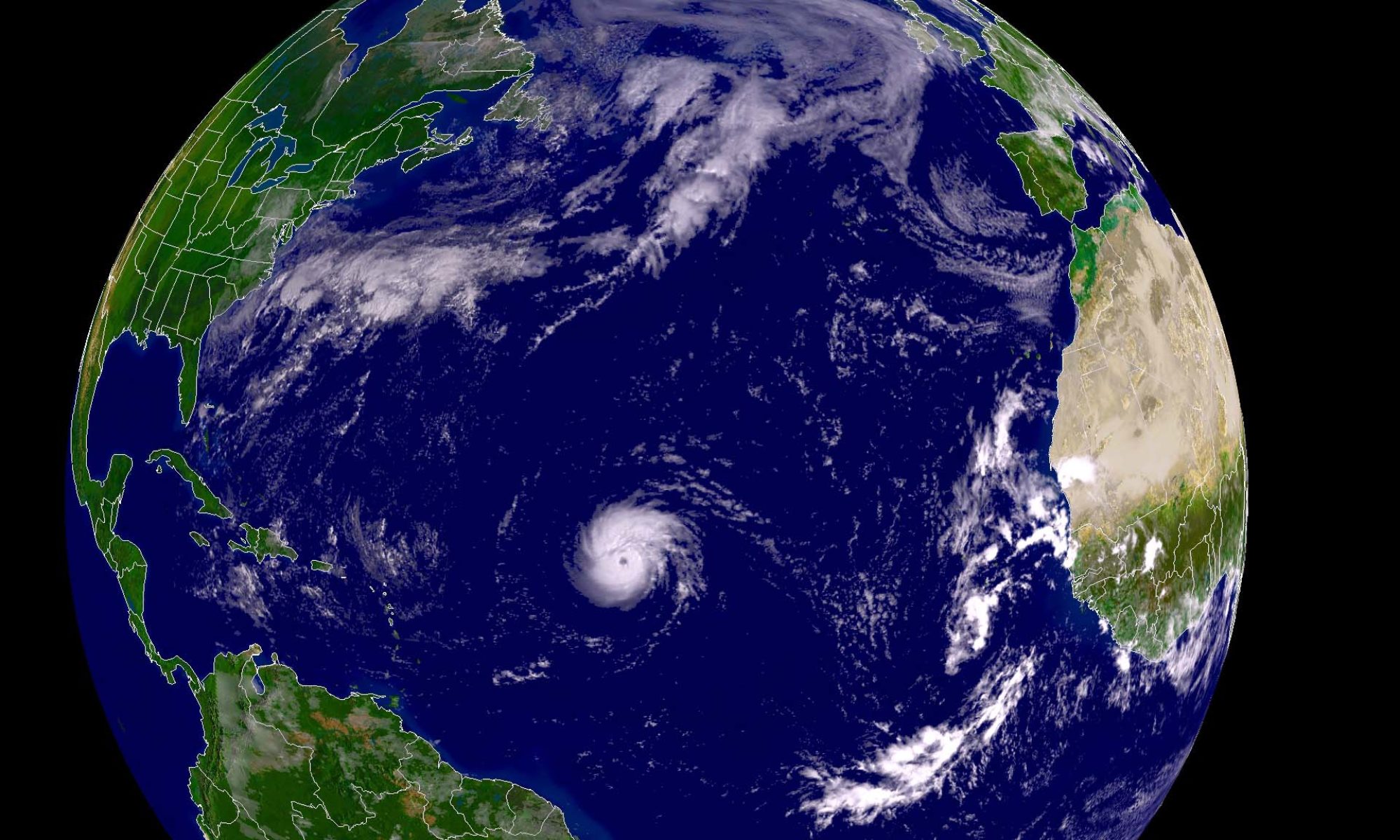Gordon Edwards
March 11, 2014, was the third anniversary of the Fukushima Daiichi triple meltdown disaster.
Here is a graphic showing the original 211 evacuation zone, within 20 km of the plant, and the band between 20 km and 30 km where people were ordered to be “evacuation ready.”
The town of Iitate — a bit more than 30 km northwest of the plant — also had to be evacuated and remains evacuated to this day due to heavy fallout.
The most heavily contaminated areas include the original 20 km evacuation zone and some irregular areas northwest and a bit south of that. The yellow area in the next graphic shows that radiation levels there were higher than the maximum exposure allowed for atomic workers in the European Union (that is, 20 millisieverts per year).
 This graphic was modified from a 2013 video by the Japanese Ministry of Environment — a link to that video is given below in the post-script. Many other graphics presented in this article are also adapted from that video.
This graphic was modified from a 2013 video by the Japanese Ministry of Environment — a link to that video is given below in the post-script. Many other graphics presented in this article are also adapted from that video.
In the next graphic, the “Special Decontamination Area” identified above appears as a green patch inside a large yellow area where the radiation levels are below the 20 millisievert/year radiation limit for atomic workers but above the 1 millisievert/year radiation limit for members of the general public. Similar splotchy yellow areas appear right up to the outskirts of Tokyo, located about 240 km to the south (SSW) of Fukushima Daiichi.
There are about 100 communities contained in the yellow areas, designated as “Intensive Contamination Survey Areas.” In all these towns and villages, huge volumes of contaminated soil are dug up and bagged as radioactive waste, including parts of the forest floor within 20 meters of a residence.
The following caption is taken directly from the government video:
Decontaminating a single home takes several days to a few weeks. Contaminated garden soil must be dug up and bagged, and replaced with uncontaminated topsoil.
House walls and even garden rocks are scrubbed to try to decontaminate them, with only partial success. Radioactivity is very difficult to dislodge from surfaces to which it has “bonded,” even after a long, painstaking effort. Two years after the disaster, in March 2013, only about a quarter of the homes in Fukushima City had been even partially decontaminated.
Tokyo has also been contaminated by the fallout from Fukushima — but the Japanese government does not want to admit this.
————-
Post-Script:
An informative 40 minute video was released by the Ministry of the Environment in Japan in September 2013, about 6 months ago.
Link to Video: http://josen-plaza.env.
It documents radioactive decontamination efforts in places such as Fukushima CIty and the town of Koori, some 65 kilometers away from the reactors in a northwest direction. As you can see in the video, extensive decontamination efforts are deemed necessary on a house-by-house basis.
 [In this Google Map, Koori is located at the red marker, a little north and a bit east of Fukushima City, while Fukushima Daiichi is located at the purple marker.]
[In this Google Map, Koori is located at the red marker, a little north and a bit east of Fukushima City, while Fukushima Daiichi is located at the purple marker.]
All of this is reasonable and helpful, but only partially effective. I know of several examples where people were told (e.g., by US government officials or Canadian nuclear authorities) that they could safely return to live in or work in areas that had been successfully decontaminated, without any need for protective clothing or equipment — only to find out later on that the authorities had been wrong, and the areas were in fact not safe for the people to re-inhabit or to work without protection.
The Japanese Government web site where this video was posted is entitled “Measures for Decontamination of Radioactive Materials Discharged by TEPCO’s Fukushima Daiichi NPS Accident.” Here is the link: http://josen.env.go.jp/en/
Gordon Edwards








Don’t miss Gordon Edwards’ Post “Decontamination Efforts 3 Years after the Fukushima Daiichi Disaster.”… http://t.co/B8jwBxKyqY
Tsuyoshi Iemori liked this on Facebook.